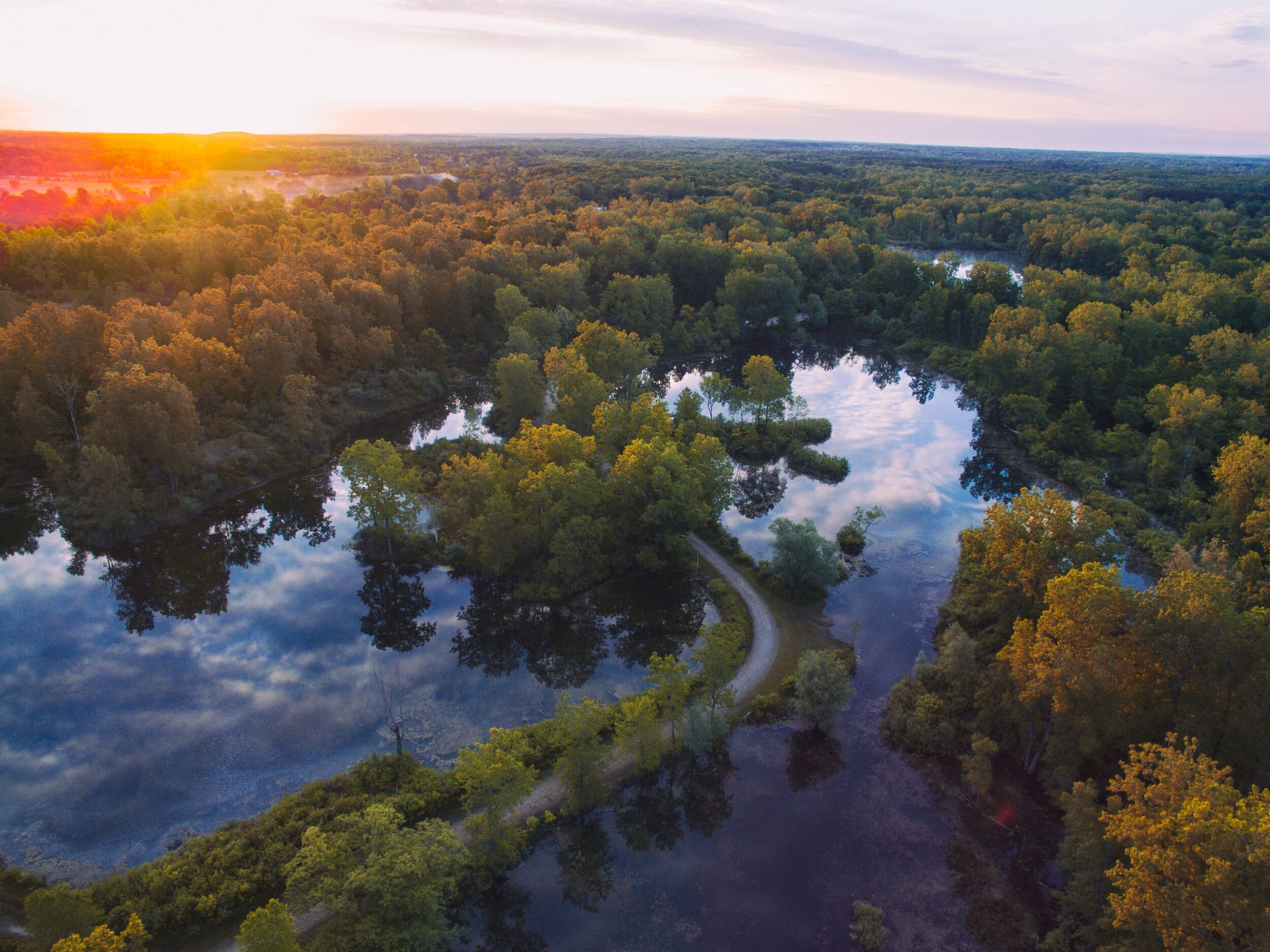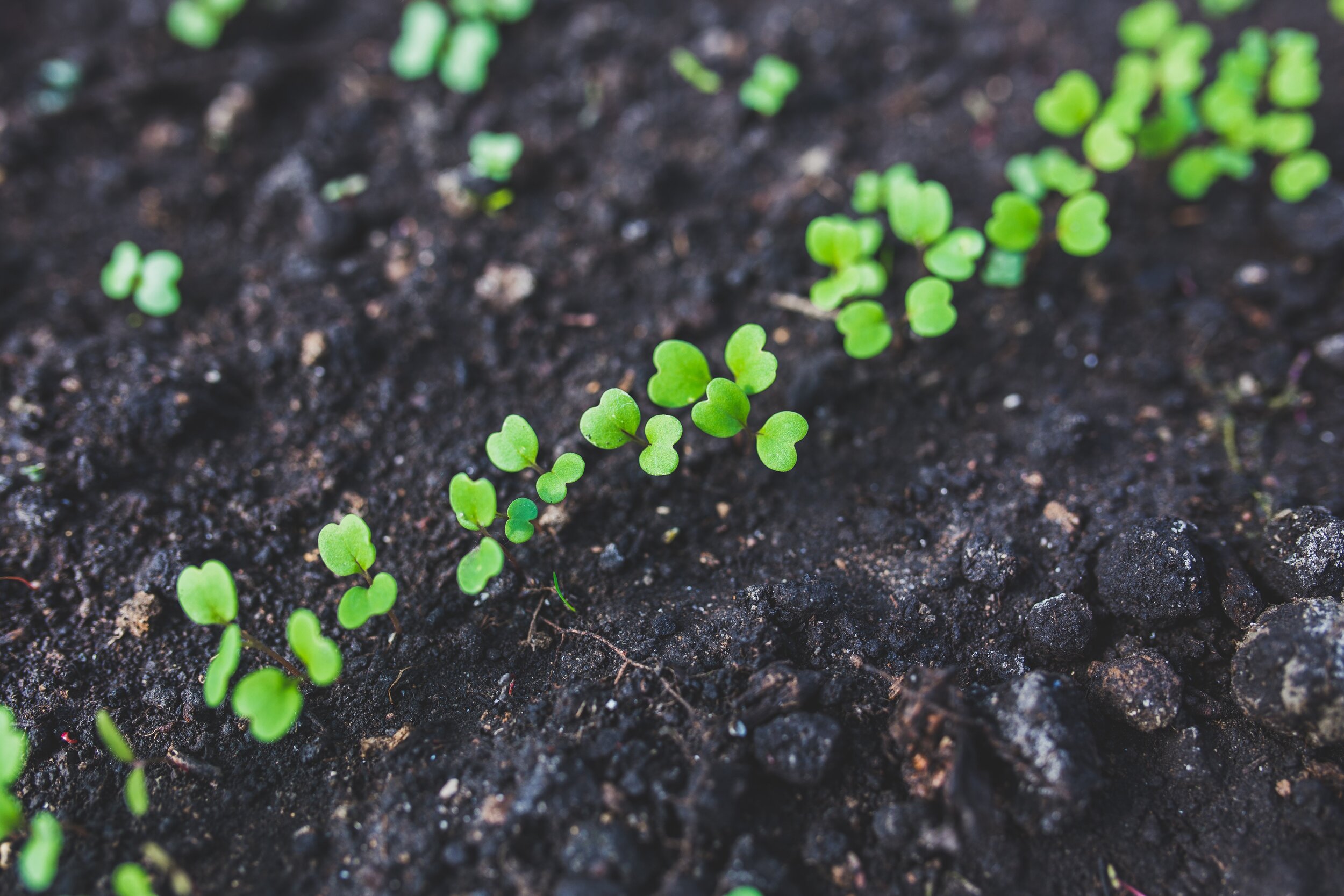
Solutions
Decisions are being made about nature every day. These decisions — by governments, banks, companies, and citizens — invisibly impact us and we often don’t understand how.
People are rapidly changing the state of nature on the planet, while at the same time our population is growing, species are going extinct, the sea is rising, and the climate is changing. People are suffering storms, droughts, floods, and famines more often and more severely. We need to know where nature can help sustain humanity in the face of uncertainty.
At Spring, we’re developing global data, science, and technology with and for decision-makers who need rapid, accurate, and actionable information about nature and its benefits to people.
Key Projects
Predictive spatial carbon modeling
While spatially explicit global mapping of biomass carbon stocks using satellite technology is growing increasingly sophisticated, such data are only currently utilized for informing potential carbon loss from deforestation; assessment of the potential carbon gains through reforestation most commonly applies ecoregional or biome-level carbon stock averages. This misses the heterogeneity in carbon storage across forests due to biogeophysical variability or spatial configuration. For example, forest edges contain up to 25% less carbon than their interiors, accounting for nearly a third of the emissions caused by deforestation. Without considering spatial heterogeneity in forest carbon, mitigation potential from reforestation could be vastly misrepresented and reforestation funding misallocated. We developed a spatially explicit, predictive carbon model leveraging satellite, social and biogeophysical datasets with machine learning to identify more efficient restoration opportunities for climate mitigation than area-based carbon stock averages. Accounting for regeneration of forest edges, in addition to reforestation, boosts potential carbon gains by more than 20%.
Partners: Natural Capital Project, Unilever
Learn More: Spatial heterogeneity in forest carbon storage affects priorities for reforestation. Chaplin-Kramer et al. Pre-print.
Critical natural assets
Recognizing the accelerating severity of the environmental crisis, the global community has committed to the Sustainable Development Goals and the Paris Agreement on climate change and will adopt new targets for the Convention on Biological Diversity in 2021. Collectively, these three policy frameworks will shape the sustainable development agenda for the next decade and all three depend heavily on safeguarding the nature that supports human well-being.
Despite the urgency of this task, our understanding of where and how much nature is needed to maintain current levels of benefits is limited. With a large set of international collaborators, we mapped 12 of nature’s benefits to people globally and identified the “critical” areas that together provide the vast majority of each. We found that 90% of current levels of benefits to people are concentrated in only 39% of the land area and 24% of countries’ marine jurisdictions. This analysis enables national and global leaders to identify their critical natural assets, priority areas for maintaining a wide range of nature’s benefits to people.
Partners: Natural Capital Project, Conservation International, Stanford University, University of Minnesota, Cornell University, Kings College London, The Nature Conservancy, World Wildlife Fund, World Resources Institute, UNEP-WCMC, Sustainable Development Solutions Network, Basque Center for Climate Change, University of Cordoba
Learn more: Global critical natural assets. Chaplin-Kramer et al. Pre-print.
A living database for pest control
The biological control of insect pests by their natural enemies, or biocontrol, presents a key opportunity for sustainable pest management and more productive, healthier farms. Yet without knowing when and how well natural enemies will control pests, it is difficult for growers to trust or implement this strategy at scale. With support from the USDA and a large international network of scientists, we are building a “living database” for biocontrol analysis and prediction.
Uniting biocontrol data, insect traits, and Earth observations on a software and data platform, the living database enables researchers to conduct novel analyses across larger spatial and temporal scales. This constitutes a revolution in pest control research, moving from scattered academic studies to massive public and private pest datasets, from species-by-species analyses to generalized understanding across insect functional traits, from oversimplified land-use categories to remotely-sensed vegetation indices, and from manual to automated data assembly and processing. The living database will grow along with our data and knowledge to enable scientists developing tools or providing decision support to guide land managers and growers in their stewardship of agricultural landscapes as a pest management strategy.
Partners: University of Minnesota, University of California, Davis, USDA
A monitoring and forecasting system for regenerative grazing
The unique partnership of the Sustainable Cashmere Project brings together corporations, conservation organizations, and environmental scientists under the shared vision of healthy rangelands and sustainable herder livelihoods in the Gobi Desert of Mongolia. The interests of Kering, an apparel company seeking to secure a sustainable supply of cashmere, and Oyu Tolgoi, a mining company committed to offsetting its impacts, have aligned with the Wildlife Conservation Society’s goals to promote regenerative grazing in a degraded rangeland system.
By combining satellite data with established ecosystem modeling, our work allows for better monitoring of rangeland condition and increased accuracy in forecasting future scenarios. Modeling baseline rangeland growth potential and comparing to remotely-sensed vegetation indices allows detection of grazing intensity or pressure across heterogeneous landscapes, and tracking change in this intensity over time will allow verification of impacts of changing management or herder activities.
Partners: Kering, Oyu Tolgoi, Wildlife Conservation Society, Natural Capital Project, Stanford University, NASA
Learn more:
Modeling integrated impacts of climate change and grazing on Mongolia’s rangelands. (2021) Kowal et al. Land.
Sustainable and wildlife-friendly cashemere value chain. WCS Mongolia.
Sustainable cashmere project: a “steppe” in the right direction. Kering. Luxury Highlights.
Earth observations and sustainable cashmere. Natural Capital Project.
National accounting for nature
Costa Rica is a world leader in green growth, pioneering a development pathway that secures people and the environment at the same time. President Carlos Alvarado Quesada recently committed to a decarbonization plan by 2030 and their Central Bank (BCCR) is piloting the first national ecosystem service accounts through the UN System of Experimental Environmental Accounts. Their Ministry of Environment and Energy (MINAE) is undertaking a variety of analyses to support their establishment of indicators for the Sustainable Development Goals and national ecosystem service assessments with the United Nations Development Program.
Together, these efforts will allow Costa Rica to track changes in nature’s benefits to people at a national scale on an annual basis and put these assets alongside financial ones in their country’s ledgers for the formation and consideration of policies. With NASA support, we are helping advance Costa Rica’s use of satellite information to provide more continuous monitoring (across both time and space) of nature than possible through data collection on the ground and to better represent the relationship between biodiversity and ecosystem functions in accounting of nature’s benefits to people.
Partners: MINAE, BCCR, NASA, Stanford, Natural Capital Project
Learn more:
Riquezas naturales de Costa Rica: mapeo y modelación de la biodiversidad y sus contribuciones a la sociedad utilizando observaciones de la tierra | Costa Rica's Natural Riches: Mapping Biodiversity Using Earth Observations. SIMOCUTE, Costa Rica. October 28, 2020.
Monitoreo de paisajes productivos por medio de las observaciones de la tierra: experiencia en Costa Rica. SINIA, Costa Rica. July 7, 2020.







